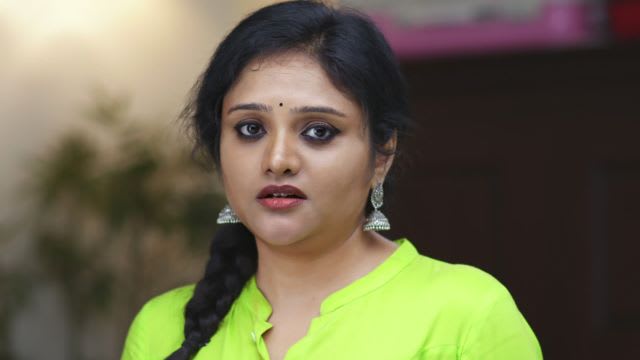
Two other talas used by the Haridasas are jhompata (a desi tala) and Raganamatya. Secondly we are not sure about how these were actually demonstrated in terms of actions or movements. Today, all these are angas to a tala, which are divisions with certain counts. The Viraama probably transformed into the anudhruta. There was also an extension to each of these called a viraama, which measured to quarter duration of a laghu although according to some, the viraama augmented the value of the time-unit to which it was attached by half its value. The laghu was one matra duration (a notional duration to utter four short syllables) and the dhruta was half that.

First, laghu and druta were only time units and independent of the actions that were used to show the tala. Though these seem similar to those used in Carnatic music today, there are some aspects we need to understand. From the numerous Desi talas, they reorganised the tala system into the seven major talas, each with fixed counts: suladi sapta tala i.e. Many of these ragas are still used in Carnatic music.Īn important contribution of the Haridasas is the regularising of the tala system. Therefore an analysis of the ragas in these treatises gives us an idea of the ragas that were possibly used in the compositions. We also find a mention of a Sangitasara of Vidyaranya through the later work of Govinda Dikshita's Sangita Sudha. Therefore we need to look at the theoretical texts of the same period to get our answers.Īt the time of the Haridasa movement, some important treatises included the Svaramela Kalanidhi by Ramamatya, Pundarika Vittala's Sandragachandrodaya and other treatises. What were the ragas used by the Haridasas? Most manuscripts available mention modern ragas, which did not exist at that time to the compositions. The music of the Haridasa was born out of the Desi Tradition (discussed earlier) and we will see the connection and analyse the same.

Like the Tamizh Saivite saints from the 7th or 8th century, the Haridasas used music as a vehicle to spread the message of dvaita philosophy in Kannada. We find, in many treatises, a sense of confusion about this change, but by the 15th century the basis of Indian classical music had changed forever.įrom the early 1400s, the contribution of the Haridasas of the Kannada speaking region towards musical changes was invaluable and it's important for us to understand their work. The seeds of change were sown even in the Ratnakara but we cannot be sure when the complete transformation happened. A significant change that took place from the Sangita Ratnakara period was the move from shifting tonic and fixed svara interval system of music to that of a fixed tonic and variable svara interval system.


 0 kommentar(er)
0 kommentar(er)
